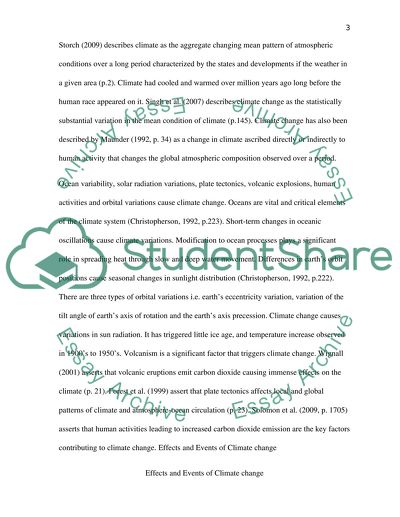Cite this document
(Events and Impacts of Climate Change Term Paper, n.d.)
Events and Impacts of Climate Change Term Paper. Retrieved from https://studentshare.org/environmental-studies/1597757-events-of-climate-change-and-impact-of-climate-change
Events and Impacts of Climate Change Term Paper. Retrieved from https://studentshare.org/environmental-studies/1597757-events-of-climate-change-and-impact-of-climate-change
(Events and Impacts of Climate Change Term Paper)
Events and Impacts of Climate Change Term Paper. https://studentshare.org/environmental-studies/1597757-events-of-climate-change-and-impact-of-climate-change.
Events and Impacts of Climate Change Term Paper. https://studentshare.org/environmental-studies/1597757-events-of-climate-change-and-impact-of-climate-change.
“Events and Impacts of Climate Change Term Paper”. https://studentshare.org/environmental-studies/1597757-events-of-climate-change-and-impact-of-climate-change.


